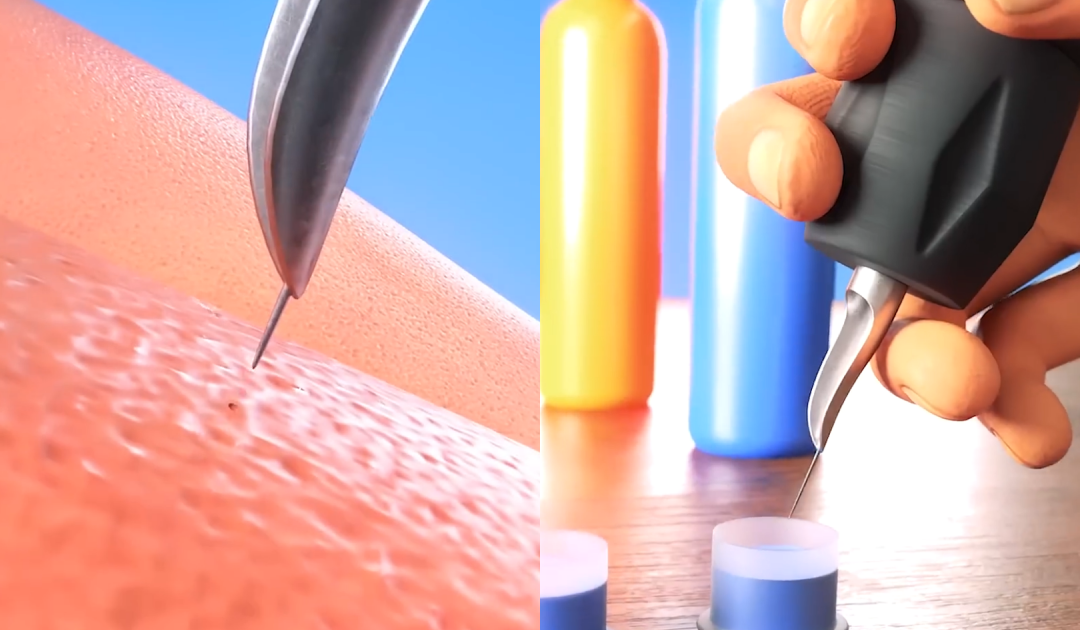A YouTuber’s detailed simulation of a tattoo gun in action has people second-guessing getting inked.
A detailed simulation video has left social media users questioning whether they still want to get tattoos after seeing how the process actually works.
If you’ve ever been under the needle yourself, you probably avoided paying too much attention to the mechanics of what was happening.
Most people focus on the result rather than the process, and for good reason—it’s not for the faint-hearted.
Luckily (or unluckily), a YouTuber has decided to break it all down in a simulation video.
But fair warning: if needles make you uncomfortable, you might want to skip the details.
YouTuber Zack D Films uploaded a video that provides a close-up look at what happens when a tattoo gun pierces your skin, step by step.
The narration in the video explains: “When a tattoo gun enters your skin a needle rapidly punctures the surface creating tiny wounds. This needle moves up and down at high speeds driven by an electric motor and draws ink from a reservoir.”
It goes on to clarify that as the tool punctures the skin, it deposits ink into the dermis, which is the middle layer of skin.
Over multiple punctures, the ink is placed strategically among the cells, creating the detailed designs people proudly wear as tattoos.
The video concludes with: “This repetitive action builds the tattoo layer by layer, allowing the creation of detailed designs,”
While the description is enough to make some people squeamish, the visuals take it to another level.
The video has sparked an avalanche of reactions online, with users sharing how it’s changed their view of tattoos.
Brace yourself if you decide to watch—it’s graphic.
One viewer commented: “Suddenly my idea of getting a tattoo on my neck is forgotten.”
Another viewer chimed in: “The way he’s just sitting there like nothings happening I’d be screaming,” while someone else wrote: “Nah bro that speed at the end was faster than my dad getting milk.”
Adding to the mix, one user humorously remarked: “What happened to those tattoo stickers my elementary school used to have in their prize box,”
And yet another curious user said: “Is anyone gonna talk about how fast that hand was moving?”
If you want to dive even deeper into the technical side, the Florida Tattoo Academy explains that there are three main types of tattoo machines: rotary, coil, and pneumatic.
The rotary machine is the most commonly used. It features a motor-powered mechanism that rapidly moves the needle up and down.
In contrast, the coil machine relies on magnets to power its movement, while the pneumatic machine uses compressed air for the same effect.

Still want to get that tattoo?
Getty Stock Image
Each machine type serves a unique purpose, but all operate with precision and speed, making modern tattooing possible as an art form.
Well, there’s always something new to learn, isn’t there?

